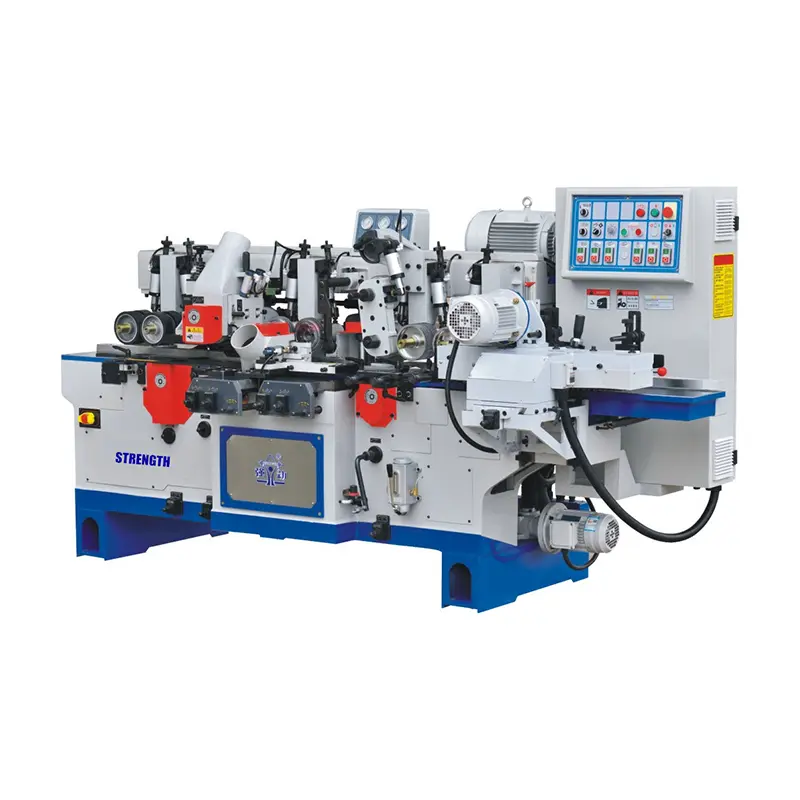Woodworking enthusiasts and professionals alike know the value of a good planer in restoring old wood. A wood plane is a versatile tool that can breathe new life into weathered and worn wood, revealing its natural beauty and functionality. Whether you’re working on a DIY project or restoring antique furniture, a planer can be a valuable asset in your woodworking arsenal.
Restoring old wood is a labor of love that requires patience, skill, and the right tools. A wood planer is a key player in this process, allowing you to remove imperfections, smooth out rough surfaces, and reveal the wood’s hidden beauty from years of wear and tear. In this article, we’ll explore the art of using a planer to resurrect old wood and how it can transform aged, weathered wood into stunning works of art.
The first step in the restoration process is to assess the condition of the old wood. Whether it’s a vintage table, a reclaimed barn door, or weathered hardwood planks, over time, wood can accumulate dirt, grime, and surface imperfections. A wood planer can help remove these damaged layers, exposing the raw material underneath. By adjusting the depth and pressure of the planer, you can carefully remove the outer layer of wood, exposing the fresh, untouched surface underneath.
Once the old wood has been stripped to its core, a planer can be used to smooth out any uneven or rough patches. This is especially important when working with reclaimed wood, as it may warp or become uneven over time. The planer’s sharp blade effortlessly shaves away high spots, creating a level and even surface ready for further finishing. This step is crucial to giving the wood a new life, ensuring it’s structurally sound and beautiful.
In addition to a smooth surface, a planer can be used to create custom thicknesses for the wood. This is particularly useful when restoring antique furniture or creating custom pieces, as it allows you to tailor the wood to your specific needs. Whether you’re creating a new tabletop, restoring vintage cabinets, or building a set of shelves, a planer can help you achieve the perfect thickness for your project. By passing the wood through the planer multiple times at different settings, you can get exactly the thickness you want.
One of the most satisfying aspects of using a planer to resurrect old wood is the transformation that occurs before your eyes. As the planer glides across the surface, it reveals the natural grain, texture and character of the wood, revealing its inherent beauty. Whether it’s the rich, warm tones of mahogany, the intricate patterns of oak, or the rustic charm of reclaimed pine, planers allow these qualities to shine through, creating a stunning visual impact.
In addition to enhancing the beauty of the wood, the planer also plays a vital role in restoring its functionality. Over time, old wood can become worn, uneven, or damaged, compromising its structural integrity. By using a planer to smooth out imperfections and create an even surface, you can ensure that the wood is strong, stable, and usable for a variety of projects. Whether you are building new furniture, repairing old fixtures, or simply preserving wood for future use, a planer can help extend the life of the material and enhance its functionality.
When working with old wood, it is important to approach the restoration process with care and attention to detail. A wood planer is a powerful tool that must be used responsibly to avoid damaging the wood or compromising its integrity. Before using the planer, it is important to check the surface of the wood for nails, staples, or other metal objects. These can damage the planer blade and create a safety hazard, so it is important to remove them before passing the wood through the planer.
It is also important to wear proper safety gear, such as goggles and ear protection, when using a planer. The blade of a planer can create a lot of noise and debris, so it’s important to take precautions to protect your eyes and ears from potential injury. By following these safety guidelines and using your planer with care, you can ensure a smooth, successful restoration process with stunning results.
All in all, using a planer to resurrect old wood is a rewarding and transformative process that can breathe new life into aging, weathered wood. Whether you’re restoring antique furniture, creating a custom piece, or simply preserving the beauty of reclaimed wood, a wood plane is an essential tool in your woodworking arsenal. By carefully removing imperfections, smoothing rough surfaces, and bringing out the wood’s natural beauty, planers can create stunning works of art that are not only visually stunning, but also structurally sound. With the right skills, tools, and attention to detail, the art of using a planer to restore old wood can result in a stunning transformation that respects the material’s history and character while bringing it into a new era of beauty and functionality.
Post time: Jul-08-2024

